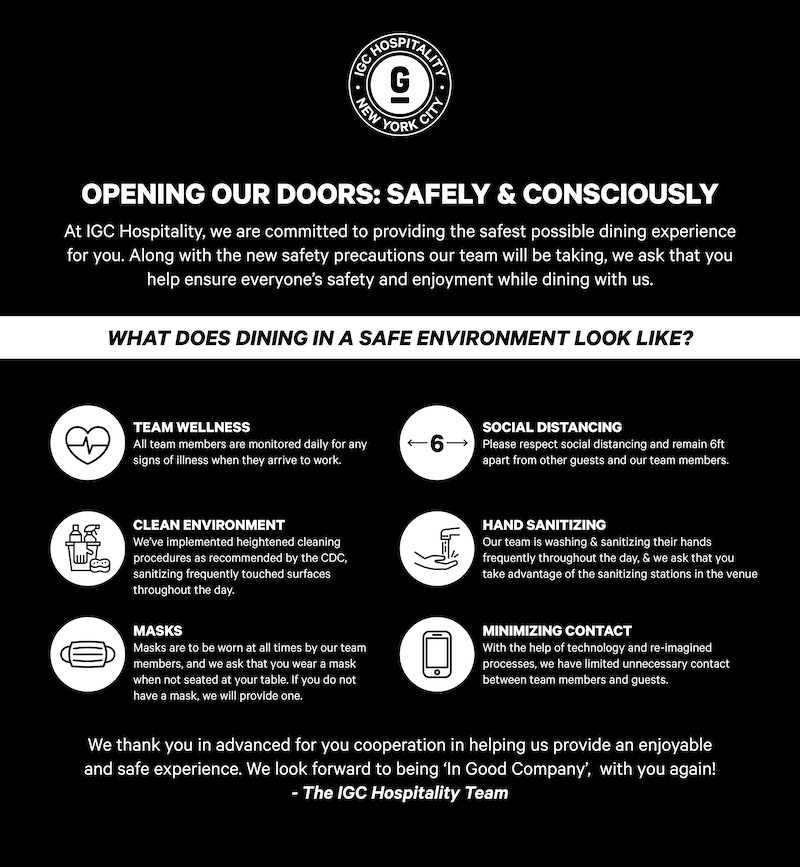How to Plan Your Move Efficiently
Relocating can be a daunting task, but with a well-crafted strategy, it can turn into an exciting adventure. To ensure an effective relocation, a comprehensive approach is essential. From the initial stages of gathering packing materials to coordinating with professional movers, every detail matters in creating a seamless transition to your new abode.
Implementing smart packing strategies not only streamlines the process but also helps in minimizing stress. A structured, step-by-step moving guide can provide clarity and direction, allowing you to tackle each phase of the journey with confidence. The key to successful moving organization lies in establishing a best moving timeline to keep you on track and prepared for the big day.
Whether you are moving across the street or to a different state, mastering these essential elements will pave the way for a smooth transition. Embrace the challenge and transform your relocation experience into a memorable chapter in your life.
Create a Comprehensive Moving Checklist
One of the key components of a seamless transition is a comprehensive moving checklist. This tool will help you establish the best moving timeline and ensure no detail is overlooked during your relocation journey.
Begin by categorizing tasks into sections such as moving organization, packing, and logistics. Include items like notifying utility providers, changing your address, and scheduling time off from work. A structured approach will facilitate effective relocation.
Incorporate packing strategies into your checklist. List out necessary supplies like boxes, tape, and markers, and outline a room-by-room packing plan. This method not only makes the process less daunting but also ensures that you pack methodically.
If you’re considering hiring professional movers, include research tasks, quotes, and booking timelines within your checklist. This ensures that you select the best service for your needs and helps the transition go smoother.
Lastly, develop a step-by-step moving guide that leads up to the big day. Track important dates, appointments, and tasks to keep everything on schedule. A detailed plan will empower you to navigate the complexities of your relocation effortlessly.
Organize Your Packing Strategy
To ensure a successful transition, implementing effective packing strategies is crucial. This step-by-step moving guide provides insights into organizing packing in a manner that promotes efficiency and reduces stress.
Begin by gathering packing materials. Collect boxes of various sizes, bubble wrap, packing tape, and markers for labeling. Having these essentials on hand will simplify the sorting and securing of items.
Next, prioritize belongings according to importance. Items used daily should be accessible while those less frequently utilized can be packed earlier. This approach allows for a smoother experience as you approach the moving day.
Consider creating a best moving timeline. Breaking down the packing process into manageable tasks can aid in keeping the organization intact. Dedicate time each day to pack specific rooms or categories of items, which contributes to a more streamlined approach.
As you begin to box things up, maintain a clear labeling system. Use descriptive labels to identify contents and the room they belong to, alleviating confusion at the new location. Such moving organization ensures that unpacking becomes an easier task.
Finally, evaluate your progress regularly. Check off packed items from your list to ensure nothing is overlooked. This method not only promotes accountability but also enhances your overall effective relocation experience.
Coordinate Logistics for Moving Day
Success on relocation day depends heavily on effective coordination of logistics. Develop the best moving timeline to ensure smooth transitions. Start early by confirming the arrival of professional movers, organizing packing materials, and finalizing the route to your new location.
Utilize a step-by-step moving guide to monitor each task effectively. Assign estimated times for loading and unloading, considering traffic patterns and potential delays. This foresight can help alleviate stress and ensure a seamless experience.
Communicate proactively with your chosen movers. Discuss specific packing strategies to enhance moving organization. It’s crucial to ensure that every item is clearly labeled and that fragile goods are handled with care to prevent damage during transit.
Lastly, always have a backup plan in place. Unforeseen circumstances can arise, making it beneficial to have contingencies such as extra transportation options or additional packing resources readily available. For more comprehensive support, check out https://bigmannmovingservices.com.
By following these guidelines, you can greatly improve your overall relocation process. The right logistics coordination can transform a potentially chaotic day into a structured and stress-free event. Don’t hesitate to reach out to professionals for assistance; their experience can significantly streamline your plans. For further tips and services, visit https://bigmannmovingservices.com.
Q&A:
What are the first steps to take when planning a move?
Begin by creating a checklist to guide your moving process. List all tasks, such as finding a new home, hiring movers, and packing. Set a timeline for each task to keep you on track. It’s also helpful to establish a budget to cover moving costs, including transportation, packing materials, and potential storage fees.
How can I make sure I don’t forget important items while packing?
To avoid leaving behind important items, prepare a detailed inventory list before you start packing. As you pack each room, check items off your list. Consider labeling boxes clearly with their contents and the room they belong in. This will help both during the packing process and when unpacking in your new home.
What should I look for when hiring a moving company?
When selecting a moving company, research their reputation by reading reviews and checking ratings on reputable websites. Request quotes from several companies to compare prices and services. Inquire about their insurance policies, experience, and any additional fees. It’s wise to ask for references and ensure they have the necessary licenses for transporting goods.
How can I make packing less stressful?
Packing can be a daunting task, but you can simplify it by tackling one room at a time and starting early. Gather all necessary packing supplies ahead of time, such as boxes, tape, and bubble wrap. Involve family or friends to help; working together can make the process faster and more enjoyable. Consider decluttering by donating or selling items you no longer need, as this will reduce the number of things to pack and carry.
What are some tips for settling into a new home after the move?
Once you arrive at your new place, focus on unpacking essentials first, like kitchenware and toiletries. Take your time arranging furniture and decorating; there’s no need to rush this process. Explore your new neighborhood to find local services and amenities. Connecting with neighbors can also make you feel more at home. Lastly, keep the unpacking organized by addressing one box or area at a time to prevent feeling overwhelmed.



